ASIC means Application Specific Integrated Circuit. If that integrated circuit would contain only passive components then we could still call it an ASIC.
Making a silicon die with only passive components is very well possible but there are severe limitations. On an IC capacitors are only practical up to a few nF. Inductors can only be a few nH. Resistors can be made in almost any value.
These passive components (except for the inductors) might have parasitic diodes to the substrate so it is possible that they're not 100% passive.
Designing and producing an ASIC is never cheap. Depending on the manufacturing process, making the masks (needed to define the patterns to make the components) can be anywhere between $ 10000 to $1000000 (yes, on million US dollars).
The actual cost of producing one IC once you have the masks is lower, it can be a few cents each up to tens of dollars depending on the size (smaller size cheaper). But with a high mask cost you'd need to make many of these chips (and use/sell them) for this to be cost effective. The mask cost is shared between all the ICs you produce so the more the better.
I worked at Philips Semiconductors in the past and they had a special process for passives only. The idea was that these ICs would provide the supply decoupling capacitors and RF matching components for a separate, small IC with the active components and made in a more expensive process technology. This smaller IC would then be mounted on top of the die with the passive components.
This was a bit complicated to produce so it was only used for some niche products as far as I know. It is certainly not mainstream technology.

